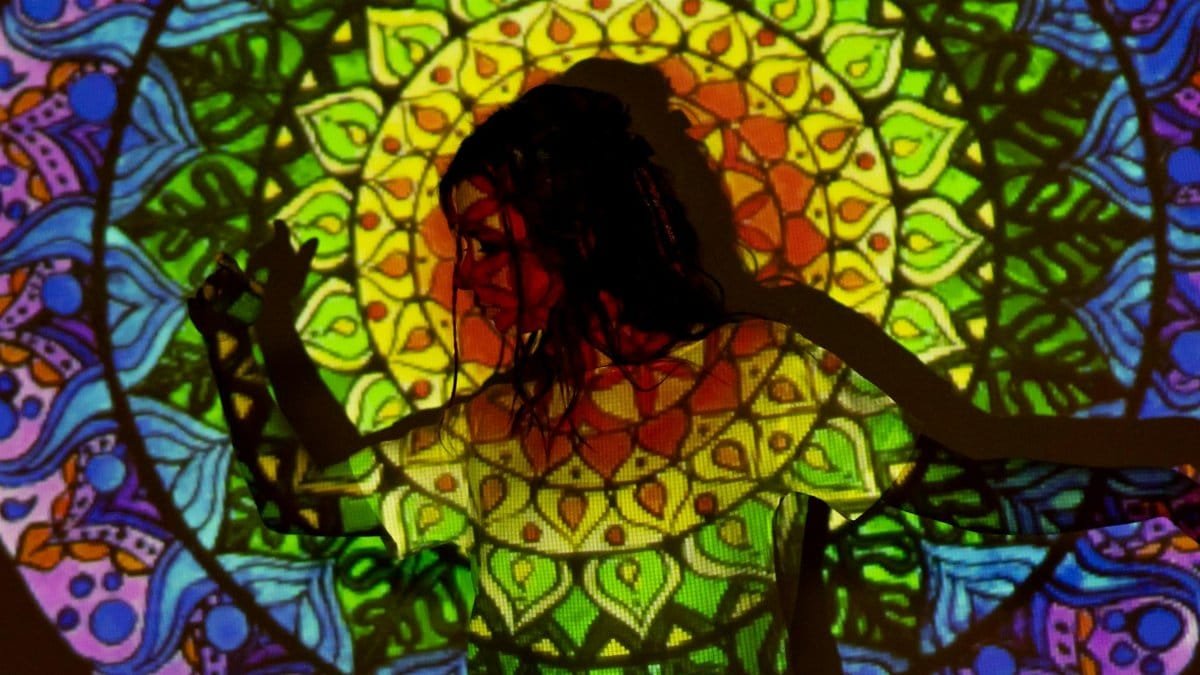Imagine standing at the base of a towering cascade, the mist kissing your skin, the roar drowning out every nagging thought. For many across the United States, this isn’t just a scenic escape—it’s a pilgrimage. Sacred waterfalls healing, as it’s often called, has quietly woven itself into the fabric of American spirituality and wellness. These natural wonders, from the misty heights of Yosemite to hidden gems in the Smoky Mountains, are said to offer more than beauty. Visitors speak of a deep calm, a clarity that lingers long after the spray dries. In a world racing at breakneck speed, the pull of these places feels almost primal. Why do so many believe that standing beneath or near certain waterfalls can mend something inside? This question drives a growing fascination, one that bridges ancient reverence with modern quests for peace.
1. Yosemite Falls, California: A Towering Beacon of Renewal
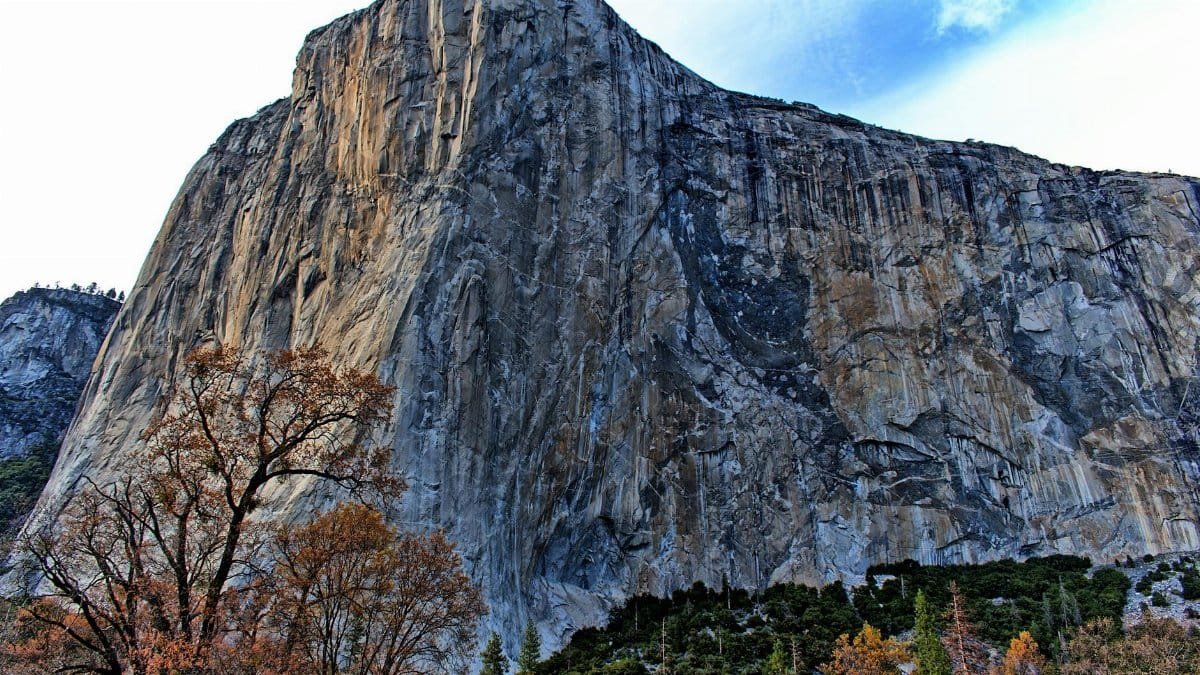
The sheer power of Yosemite Falls, plunging over 2,400 feet in three dramatic tiers, stops even the most hurried traveler in their tracks. Located in Yosemite National Park, it’s often described as a place where nature’s voice drowns out inner turmoil. Native American tribes, including the Ahwahneechee, long viewed this waterfall as a sacred site, a conduit to spiritual cleansing. Today, park visitors echo that sentiment, often reporting a sense of release while watching the endless flow. One anonymous hiker shared feeling “like a weight lifted” after sitting near the base during a particularly tough year. The National Park Service notes the area’s cultural significance, preserving stories of its healing aura through interpretive programs ( National Park Service – Yosemite ).
Beyond lore, the sheer sensory experience—the cool mist, the rhythmic crash—might explain why so many leave feeling lighter. It’s not hard to see why this spot tops lists of sacred waterfalls healing destinations.
2. Niagara Falls, New York: A Shared Wonder of Energy
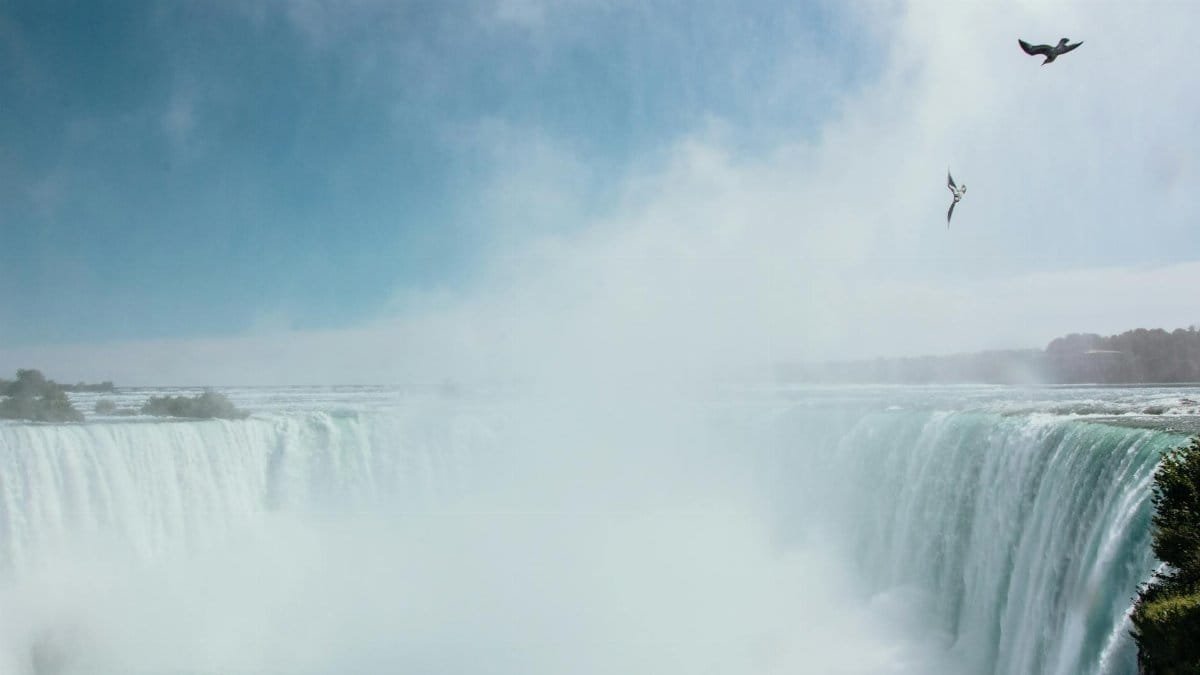
Straddling the U.S.-Canada border, Niagara Falls isn’t just a tourist magnet; it’s a powerhouse of raw energy that many claim to feel on a visceral level. The Haudenosaunee people historically revered the falls as a site of spiritual importance, believing its thunderous waters carried messages from the divine. Modern visitors often describe an inexplicable vitality standing near the Horseshoe Falls, as if the negative ions from the crashing water recharge something deep within. Scientific studies, like those summarized by the University of Rochester, suggest that negative ions in such environments may indeed boost mood ( University of Rochester News ).
The falls’ accessibility makes it a frequent stop for those seeking sacred waterfalls healing, even if they don’t name it as such. It’s a reminder of nature’s dual role as spectacle and salve.
3. Multnomah Falls, Oregon: A Quiet Call to Introspection

Tucked into the Columbia River Gorge, Multnomah Falls drops 620 feet in two graceful steps, surrounded by lush Oregon greenery. Local tribes like the Multnomah regarded it as a place of spiritual reflection, often tied to stories of sacrifice and renewal. Today, the site draws countless visitors who speak of an almost meditative pull while gazing at its flow. The U.S. Forest Service, which manages the area, highlights its cultural resonance in educational materials ( U.S. Forest Service – Multnomah Falls ).
Unlike louder, more crowded falls, Multnomah offers a stillness that seems to invite personal reckoning. Many leave with a renewed sense of purpose, as if the water washed away mental clutter.
4. Havasu Falls, Arizona: A Hidden Oasis of Peace
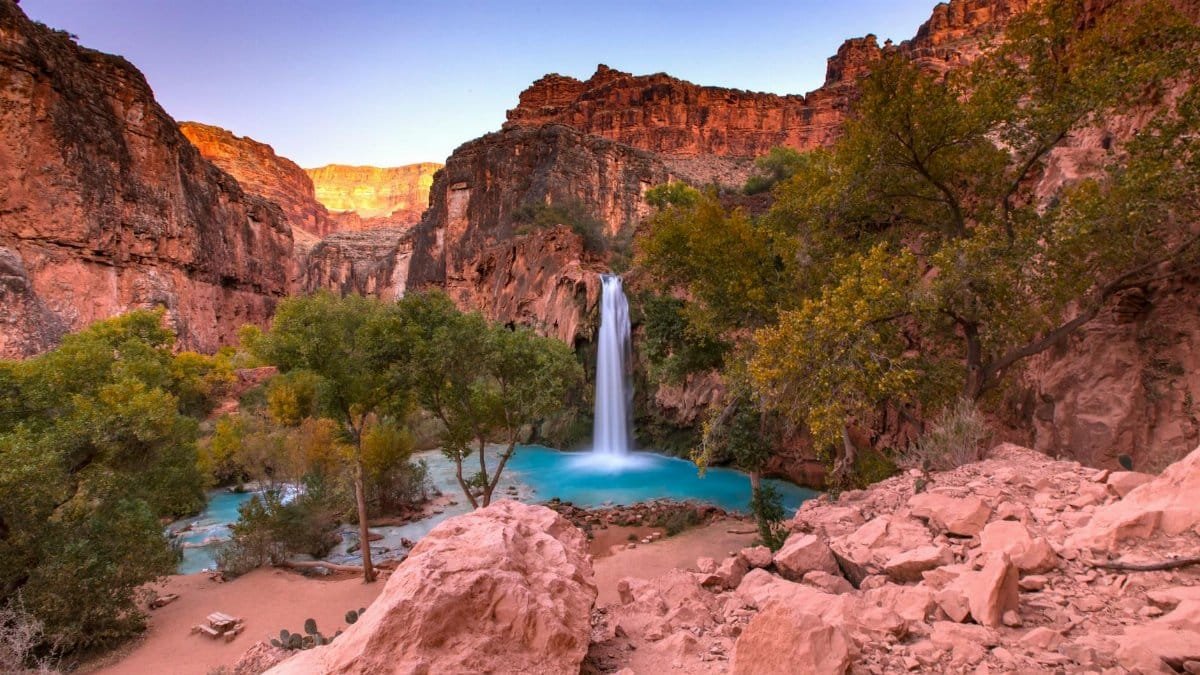
Deep within the Grand Canyon, Havasu Falls shimmers with turquoise waters, a surreal contrast to the desert rock around it. The Havasupai Tribe, guardians of this land, have long considered the falls a sacred space for healing and connection. Access is limited, requiring a challenging hike and permits, which only heightens the sense of pilgrimage for those who make the journey. Visitors often describe the vibrant blue pools as transformative, a literal and figurative immersion in calm.
The Havasupai Tribal Council emphasizes the spiritual weight of the falls, asking visitors to approach with respect ( Havasupai Tribe Official Site ). For many, this spot embodies sacred waterfalls healing at its most profound—a rare, hard-won encounter with nature’s quiet power.
5. Upper Whitewater Falls, North Carolina: A Southern Sanctuary

Plunging 411 feet, Upper Whitewater Falls in the Nantahala National Forest is one of the highest cascades east of the Mississippi. Cherokee traditions speak of waterfalls as places where spirits dwell, offering cleansing to those who approach with reverence. Hikers today often linger at the overlook, describing a deep tranquility that settles over them. The U.S. Forest Service notes the area’s historical significance to Indigenous peoples, preserving trails that invite quiet contemplation.
It’s not uncommon to hear stories of personal breakthroughs here. One visitor recalled sitting near the falls after a loss, finding unexpected solace in the ceaseless flow. This southern gem underscores how sacred waterfalls healing resonates across diverse landscapes.
6. Palouse Falls, Washington: A Remote Reset
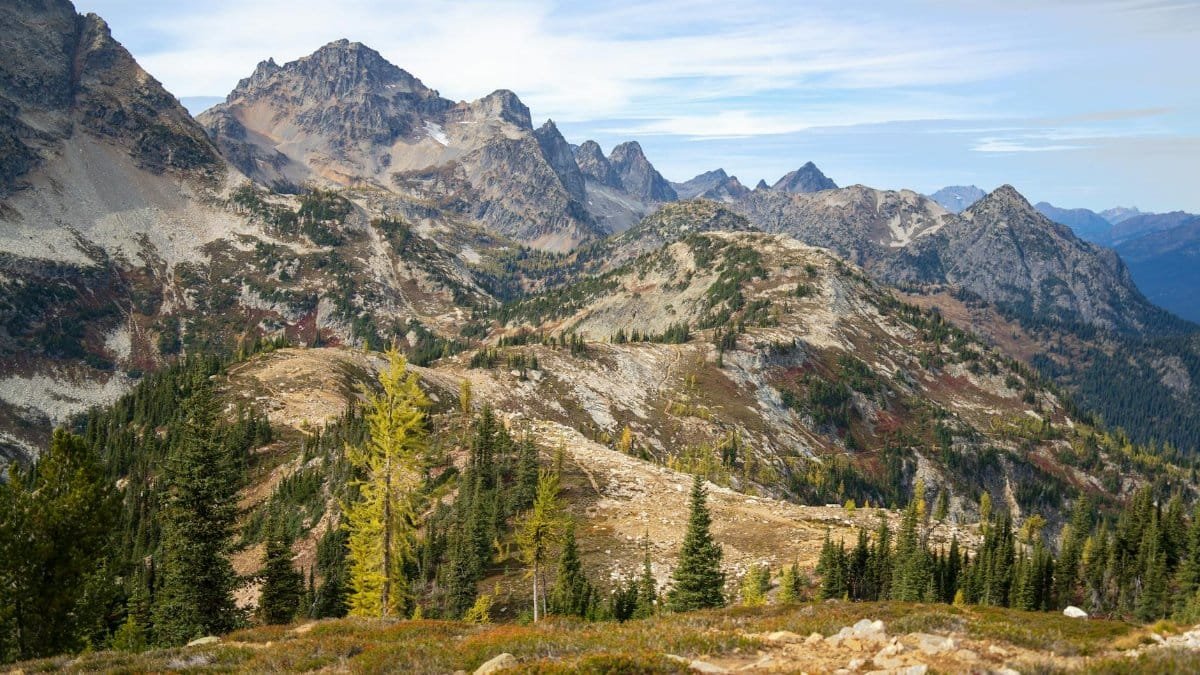
Carved into the stark basalt of eastern Washington, Palouse Falls drops nearly 200 feet into a dramatic canyon. The Palouse Tribe viewed it as a place of power, a site for vision quests and spiritual renewal. Its remote location means fewer visitors, but those who trek out often speak of a profound reset. The isolation, paired with the falls’ raw beauty, creates a space where inner noise seems to dissolve.
Washington State Parks documents the cultural stories tied to the falls, reinforcing its sacred status. For modern seekers of sacred waterfalls healing, Palouse offers a stark, unpolished encounter with nature’s ability to mend.
7. Bridal Veil Falls, Colorado: A High-Altitude Haven

Nestled in Rocky Mountain National Park, Bridal Veil Falls tumbles delicately over rugged cliffs, accessible via a scenic hike. Local lore, including stories from the Arapaho and Cheyenne, ties waterfalls to spiritual purification. Visitors often note a lightness at this elevation, as if the thin air and cascading water strip away burdens. The National Park Service provides context on the region’s Indigenous history, enriching the experience.
The journey to Bridal Veil itself feels like a cleanse, with each step building toward the falls’ quiet embrace. It’s a high-altitude testament to the draw of sacred waterfalls healing.
8. Vernal Fall, California: A Mist-Filled Meditation

Back in Yosemite, Vernal Fall offers a shorter but no less striking drop of 317 feet, often cloaked in mist along the Mist Trail. Native stories speak of waterfalls as portals to clarity, and hikers today echo that, describing the spray as almost baptismal. The constant veil of water seems to blur the line between physical and emotional renewal.
One recent account shared in online discussions captured a hiker feeling “reborn” after standing in the mist during a stressful time. Vernal Fall proves that sacred waterfalls healing doesn’t always require solitude—just presence.
9. Rainbow Falls, Tennessee: A Smoky Mountain Solace
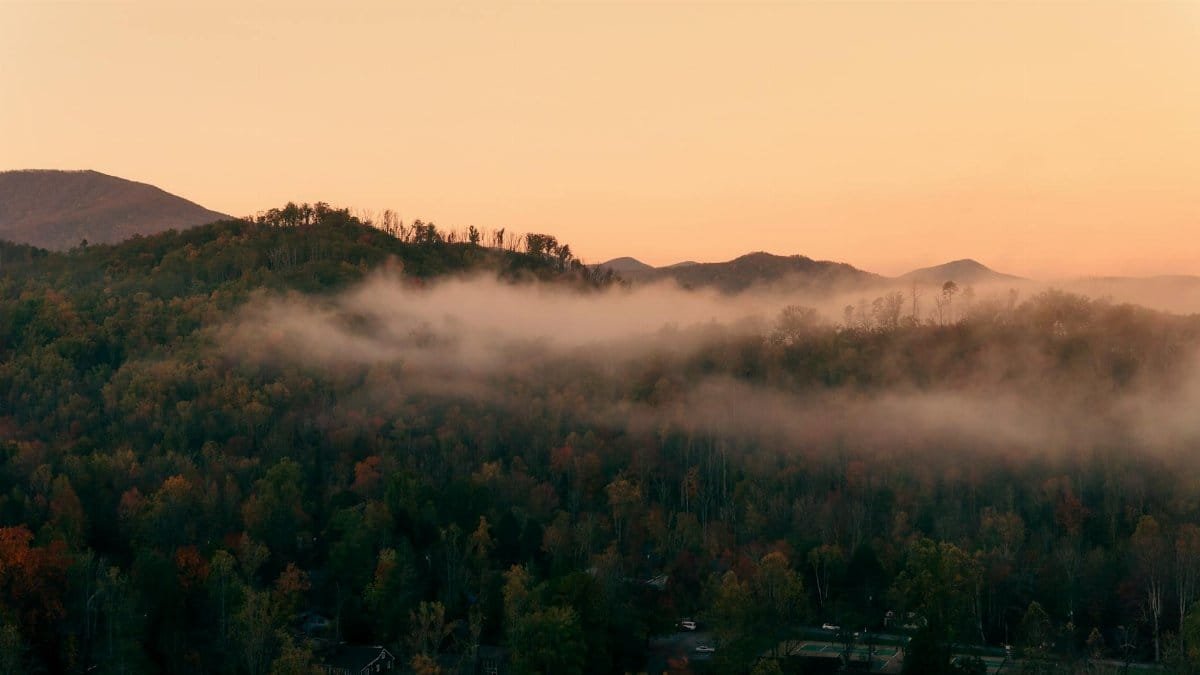
In the Great Smoky Mountains, Rainbow Falls earns its name with prismatic mist on sunny days, a 80-foot drop along a popular trail. Cherokee beliefs often linked waterfalls to spiritual balance, and modern visitors report a similar grounding effect. The National Park Service highlights the cultural tapestry of the Smokies, where nature and spirit intertwine.
The hike to Rainbow Falls, though strenuous, often feels like a journey inward for many. It’s a fitting symbol of how sacred waterfalls healing can demand effort before reward.
10. Shoshone Falls, Idaho: The Niagara of the West

Often dubbed the “Niagara of the West,” Shoshone Falls in southern Idaho plunges 212 feet, taller than its eastern counterpart. The Shoshone-Bannock Tribes revered it as a place of power, and today’s visitors sense that legacy in the falls’ overwhelming force. Many describe standing at the overlook as a moment of surrender, letting go of stress amid the roar.
Local histories preserved by Idaho State Parks underline its sacred roots. Shoshone Falls offers a western anchor for those exploring sacred waterfalls healing across the U.S.
11. Amicalola Falls, Georgia: A Gateway to Healing

At 729 feet, Amicalola Falls in northern Georgia is the tallest cascading waterfall in the Southeast, a centerpiece of Amicalola Falls State Park. The name, derived from a Cherokee word meaning “tumbling waters,” hints at its historical reverence. Visitors often speak of starting Appalachian Trail journeys here with a renewed spirit, as if the falls bless the path ahead.
Georgia State Parks documents the site’s cultural weight, inviting reflection. For many, Amicalola represents sacred waterfalls healing as a literal and metaphorical starting point.
12. Cumberland Falls, Kentucky: The Moonbow Miracle

Known for its rare lunar rainbow, or moonbow, Cumberland Falls in southeastern Kentucky drops 68 feet with a mesmerizing roar. Native American lore ties waterfalls to spiritual gateways, and the moonbow adds a layer of mystique. Visitors often describe nighttime visits as otherworldly, a moment where worries seem to vanish under the arch of light and water.
The Kentucky State Parks system preserves stories of the falls’ significance. Cumberland closes this list with a reminder that sacred waterfalls healing often carries an element of the magical, grounding us in wonder.
Across these twelve cascades, from the desert depths of Havasu to the misty trails of the Smokies, a common thread emerges. People seek out these places not just for postcard views, but for something intangible—a chance to feel whole again. Whether rooted in ancient belief or modern need, the pull of sacred waterfalls healing speaks to a shared hunger for connection. In 2025, as life grows ever more frenetic, these natural sanctuaries stand ready to offer their quiet, timeless gift.
